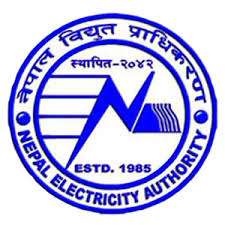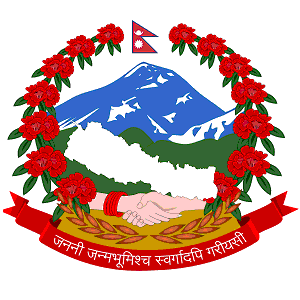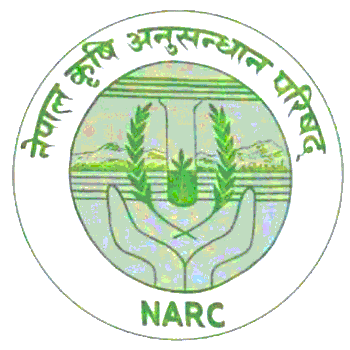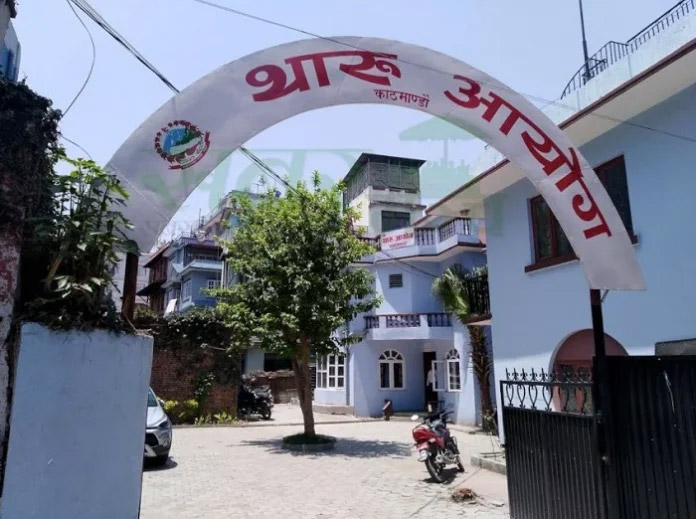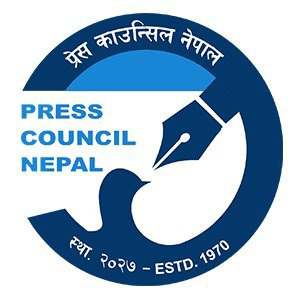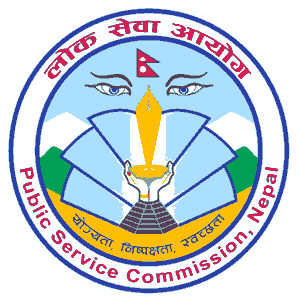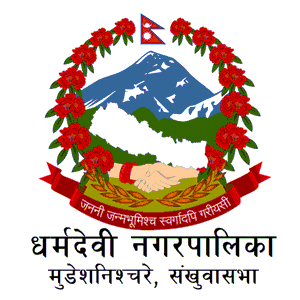Overview
Nepal Airlines Corporation NAC (Nepal Bayu Sewa Nigam) was incorporated in July 1958 with one DC-3. There were only 96 personnel then. In the beginning, its service was limited to Indian cities like Patna, Calcutta, and Delhi in the International Sector and Pokhara, Simara, and Biratnagar in the Domestic Sector.
Nepal's aviation history began in the early 1950s, marking its humble origins with neighboring Indian aircraft landing on a mere cow grazing field known as Gaucharan in Kathmandu. This field, often requiring pilots to clear cows before landing, symbolized the nascent stage of aviation in the country. Prior to 1951, Nepal's exposure to the outside world was minimal, with only a few foreigners, mainly British officers of the Gurkha troops, scholars, and friends of the Royal family, visiting the nation.
The scenario began to change as Indian airlines initiated operations, connecting Nepal with major Indian cities. This laid the foundation for Nepal's own venture into the aviation sector. In 1953, the civil aviation service in Nepal started with three old American-made DC-3 Dakotas from an Indian company. This was a significant step, but it wasn't until 1958 that Nepal established its own airline, the Royal Nepal Airlines Corporation (RNAC), starting with just one DC-3 and 96 personnel. Initially, RNAC's services were limited to a few Indian and domestic cities like Patna, Calcutta, Delhi, Simara, Pokhara, and Biratnagar, with very basic facilities.
The airline's growth accelerated in 1960 when it began operating international schedules, marking the transition from Douglas DC-3s to the more advanced turboprop Fokker F-27s. The 1970s brought a significant advancement with the commissioning of the Twin Otter and Pilatus Porter aircraft into RNAC's fleet, which revolutionized access to Nepal's remote regions. This period also saw the introduction of Hawker Siddeley HS-748 turboprops and the historic introduction of Boeing 727 jet airliners in 1972, following the extension of Kathmandu's runway to accommodate medium-sized jet operations. These Boeing 727s were later replaced by Boeing 757s, indicating a continuous upgradation in the fleet.
Today, the Nepal Airlines Corporation (NAC), formerly RNAC, has expanded its reach significantly. It operates to 10 international destinations including Riyadh, Bangkok, Hong Kong, Dubai, Doha, Kuala Lumpur, Narita, Delhi, Mumbai, and Bengaluru. Its domestic operations are even more extensive, connecting over 25 destinations within Nepal. This growth from a single aircraft operation on a makeshift airstrip to a fleet serving multiple international and domestic destinations illustrates the remarkable journey of Nepal's aviation sector, continually adapting and expanding to meet the evolving demands of modern aviation.
A Historical Perspective
-
1958 - Douglas DC-3 Dakota:
- First Aircraft in NAC Fleet
- 28-seat capacity
- Symbolic of Nepal's early aviation history
- Retired in 1973
-
1961-1998 - Pilatus Porter PC-6:
- Single-engine, 6-seater
- Ideal for Nepal's mountainous regions
- STOL (Short Takeoff and Landing) capabilities
- Operated until 1998
-
1963-1965 - Fong Shu Harvester AN-2:
- 12-seat Chinese aircraft
- Short service span, primarily domestic routes
- Operated for two years
-
1966-1970 - Fokker Friendship F-27:
- Marked the beginning of the turboprop era
- 44-seat capacity
- Operated on international routes
-
1970 - Hawker Siddley HS-748 Avro:
- 44-seat capacity
- Utilized for domestic and international flights
- Famous for mountain sightseeing flights
-
1971 - Twin Otter DHC-6:
- 19-seater Canadian aircraft
- Enhanced access to mountainous regions
- Known for its ability to land on rough airstrips
-
1972-1993 - Boeing 727:
- Nepal's first jet plane carrier
- 123-seat capacity
- Connected Kathmandu with regional destinations
-
1987 - Boeing 757:
- Long-haul flights, 190 seats
- Elevated Nepal's international aviation presence
-
2014 - Y12E:
- 17-seat twin-engine turboprop
- STOL capabilities similar to Twin Otter DHC6-300
- Received from China
-
2015 - Airbus A320:
- 158 seats (8 business, 150 economy)
- Landmark addition in Nepalese aviation
-
June 28, 2018 - Airbus A330-200:
- Two aircraft named Annapurna and Makalu
- 274 seats (18 business, 256 economy)
- Current flagship of NAC



